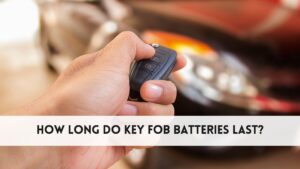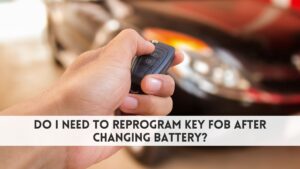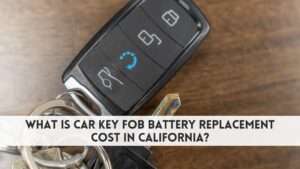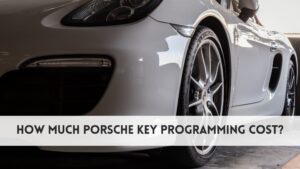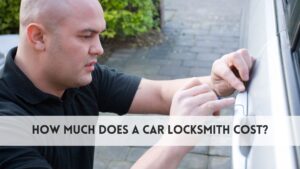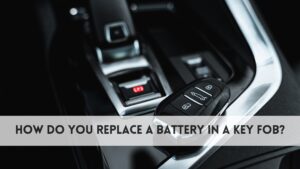How To Program a Key Fob?
In today’s technologically advanced world, key fobs have become an essential component of our daily lives. These small devices offer a blend of convenience and security, allowing users to unlock their cars, start engines, and sometimes even access their homes without fumbling for traditional keys. Key fobs not only enhance the user experience but also significantly improve security measures by employing advanced encryption techniques that deter potential thieves.
This guide aims to provide a comprehensive step-by-step approach to programming a key fob. Whether you are a car owner looking to save some money by doing it yourself or simply curious about how these devices work, this guide will walk you through the process. By following these steps, you can avoid the often hefty fees charged by dealerships and locksmiths for key fob programming.
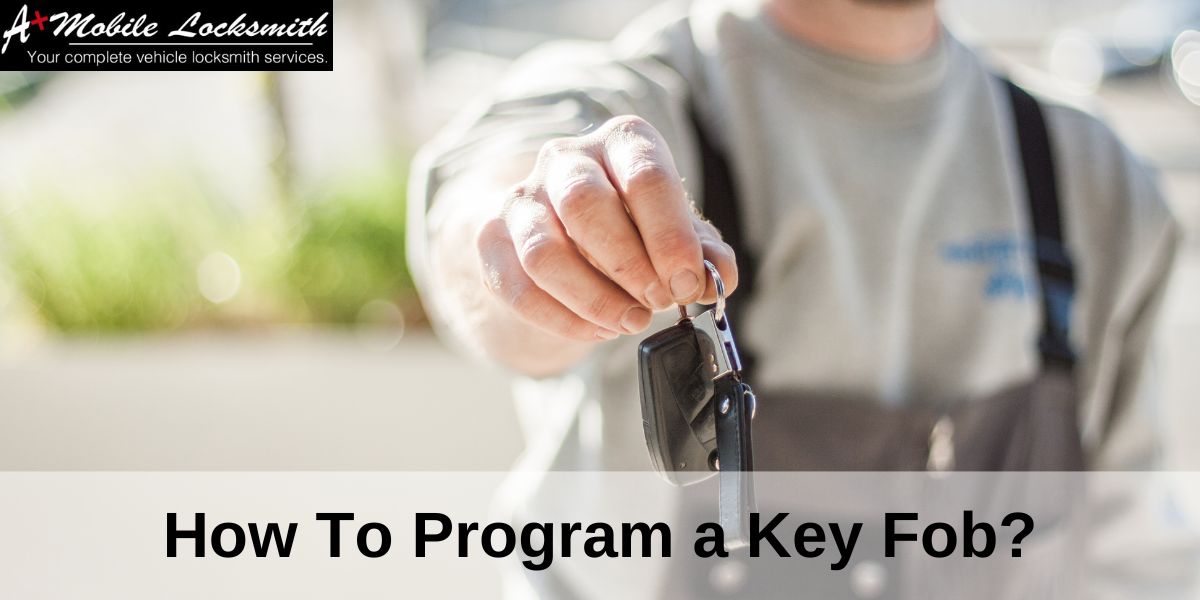
How To Program a Key Fob? Step-by-Step Guide
Step 1: Identify Your Key Fob Type
Before you can start programming your key fob, it’s essential to identify the specific type of key fob you possess. Generally, there are three main types of key fobs:
- Standard Remote Key Fob: This type of key fob is used primarily for locking and unlocking car doors, as well as sometimes popping the trunk. It typically requires the user to press a button to perform these actions.
- Proximity Key Fob: This type of key fob, often referred to as a “smart key,” allows for keyless entry and ignition. It works by transmitting a signal to the car as you approach, automatically unlocking the doors and enabling the engine to start with a push-button.
- Smart Key: Smart keys are the most advanced type, often incorporating features like remote start, climate control activation, and integration with smartphone apps. These keys are generally associated with high-end vehicles and offer the highest level of convenience and security.
Identifying your key fob type will help you locate the correct programming instructions and understand the specific steps involved.
Step 2: Locate Programming Instructions
Once you have identified your key fob type, the next step is to locate the specific programming instructions for your model. These instructions can usually be found in the vehicle’s owner manual. If the manual is unavailable, you can search online using your car’s make, model, and year. Manufacturer websites, automotive forums, and instructional videos are excellent resources for finding detailed programming instructions.
It is essential to use the correct instructions for your specific key fob and vehicle to avoid any issues during the programming process. Incorrect instructions can lead to unsuccessful programming attempts or, in some cases, damage to the key fob or vehicle’s electronic system.
Step 3: Enter Programming Mode
Entering programming mode is a critical step in the process, as it prepares your vehicle to receive and store the new key fob’s signal. The method to enter programming mode varies depending on the vehicle and key fob type, but the following steps are a general guideline:
- Insert the Key: Insert your existing key into the ignition and turn it to the “On” position without starting the engine.
- Cycle the Ignition: Turn the key back to the “Off” position, then back to “On” again. Repeat this step a specific number of times (usually between three to eight times) within a certain period (often within ten seconds). The exact number of cycles and time frame can be found in your programming instructions.
- Listen for a Signal: After cycling the ignition, you should hear a chime, beep, or see a light flash, indicating that the vehicle has entered programming mode.
- Press the Programming Button: Some vehicles require you to press a specific button on the key fob or inside the car, such as the “Lock” button on the door panel, to complete the entry into programming mode.
If you encounter any issues entering programming mode, double-check the instructions for your specific vehicle and ensure you are following each step correctly.
Step 4: Program the Key Fob
With the vehicle in programming mode, you can now proceed to program the key fob. The steps for this part of the process can vary greatly depending on your vehicle’s make and model. Below is a general outline of the typical steps involved:
- Press the Key Fob Buttons: Within a certain time frame (usually 20 to 30 seconds), press and hold the “Lock” and “Unlock” buttons on the key fob simultaneously for about 15 seconds. After releasing these buttons, press the “Lock” button again. This sequence enables the vehicle to recognize and pair with the key fob.
- Repeat for Additional Key Fobs: If you have multiple key fobs to program, repeat the above step for each one. Most vehicles allow the programming of multiple key fobs in one session.
- Exit Programming Mode: Once all key fobs are programmed, turn the ignition to the “Off” position to exit programming mode. In some vehicles, this step is automatic once the programming is complete, while others may require you to perform a specific action, such as closing and opening the driver’s door.
- Confirmation: Some vehicles will provide a confirmation, such as a chime or a light flash, to indicate that the key fobs have been successfully programmed.
It is crucial to follow the exact sequence and timing specified in your vehicle’s programming instructions to ensure successful programming.
Step 5: Test the Key Fob
After programming the key fob, it is essential to test it to ensure it is functioning correctly. Here are the steps to test your newly programmed key fob:
- Lock and Unlock: Stand a reasonable distance from your vehicle and press the “Lock” and “Unlock” buttons on the key fob. The vehicle’s doors should lock and unlock accordingly.
- Additional Functions: Test any additional functions your key fob may have, such as trunk release, remote start, or panic alarm. Ensure each function works as intended.
- Proximity Functions: If you have a proximity key fob, approach the vehicle to check if it unlocks automatically. Additionally, test the push-button start function to confirm that the engine starts without needing to insert a key.
If the key fob does not work as expected, repeat the programming steps, ensuring that you follow the instructions accurately. If you continue to experience issues, it may be necessary to seek professional assistance.
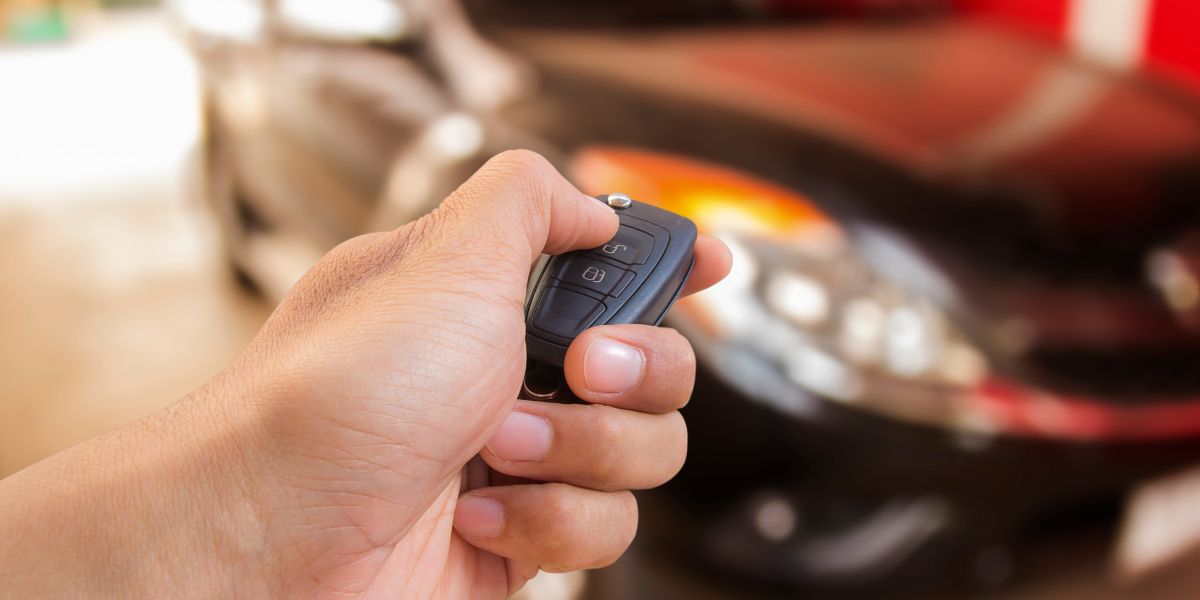
Professional Help vs. DIY
While programming a key fob can be a rewarding DIY project, certain situations necessitate professional assistance. Consider professional services for complex key fobs, persistent technical issues, or if you are unable to locate proper instructions. Advanced key fobs for luxury vehicles often require specialized tools and professional expertise.
DIY programming is cost-effective, primarily involving the purchase of a replacement key fob, which ranges from $20 to $100. Professional programming, however, typically costs between $50 and $200, depending on the key fob’s complexity and service provider rates. Dealerships typically charge more than independent locksmiths.
Look for online reviews and ask friends or family for recommendations. Verify credentials, compare prices, and inquire about warranties. Reliable locksmiths or dealerships should be licensed, insured, and certified, ensuring secure and accurate key fob programming.
https://youtu.be/cgX8xu8NZkQ
Conclusion
Programming a key fob can be straightforward if you have the correct instructions and follow the steps carefully. Identifying your key fob type, locating the specific programming instructions, entering programming mode, and successfully pairing the key fob with your vehicle are the key steps involved. Testing the key fob ensures it functions correctly, delivering the convenience and security you expect.
While DIY programming can save you money, there are situations where professional help may be necessary, especially for complex key fobs or if you encounter technical difficulties. Understanding the cost comparison and finding a reliable service provider can help you make an informed decision.
By following this guide, you can confidently program your key fob, enhancing your vehicle’s security and convenience. Whether you choose to do it yourself or seek professional assistance, you can enjoy the benefits of a fully functional key fob that meets your needs.
A+ Mobile Locksmith is your trusted automotive locksmith in San Bernardino, CA, specializes in programming key fobs for all car models. Our expert team ensures quick, reliable service to get you back on the road. Contact us today for efficient and affordable key fob programming solutions!
Frequently Asked Questions
Q.1 Can I program a key fob myself?
Ans Yes, you can program a key fob yourself for many vehicles. The process typically involves using the vehicle’s onboard diagnostics system, following specific steps in the owner’s manual. However, for some models, professional programming might be necessary. Always check your vehicle’s manual for precise instructions.
Q.2 How do I find my key fob code?
Ans To find your key fob code, check your vehicle’s owner’s manual or documentation. The code is often located on a small tag attached to the key fob or provided separately. If unavailable, contact your dealership or a professional locksmith who can retrieve the code using your vehicle’s VIN.
Q.3 Can you program a key fob without a computer?
Ans Yes, you can program some key fobs without a computer by using your vehicle’s manual instructions. The process usually involves specific steps like turning the ignition key and pressing buttons on the fob. However, some models require specialized equipment, so consult your owner’s manual or a professional for guidance.
Q.4 How long does it take to program a key fob?
Ans Programming a key fob typically takes between 10 to 30 minutes. The exact time depends on your vehicle’s make and model, and whether you’re doing it yourself or having a professional handle it. Always consult your vehicle’s manual for precise instructions and estimated time requirements.

